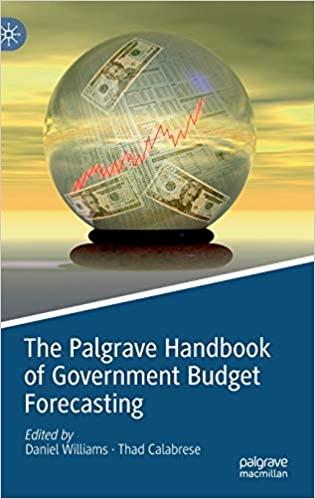Question
1. Using the historical financial data in the accompanying spreadsheet, perform a onestage discounted cash flow (DCF) valuation of the intrinsic value of Facebook per
1. Using the historical financial data in the accompanying spreadsheet, perform a onestage discounted cash flow (DCF) valuation of the intrinsic value of Facebook per share as of February 28, 2017. Make sure that the forecasted growth rate you use is consistent with your forecasted ROE and forecasted reinvestment rates. In addition, you need to make sure that the forecast for the stable growth rate does not exceed your forecast for the nominal GDP growth rate. In addition, as this is a one-stage model, you need to make sure that the required rate of return on equity exceeds your forecast for the growth rate. 2. Perform a two-stage DCF valuation of the intrinsic value of Facebook per share as of February 28, 2017. Make sure that the forecasts for both the high-growth and stablegrowth growth rates are consistent with your forecasted ROE and forecasted reinvestment rates for the two stages. (Hint: a good starting point here would be the H model.) 3. Estimate the intrinsic value of Facebook per share as of February 28, 2017 using an adjusted P/E multiple. Feel free to base your analysis on the data for comparable firms compiled in the accompanying spreadsheet. 4. Estimate the intrinsic value of Facebook per share as of February 28, 2017 using an adjusted P/B ratio. Feel free to base your analysis on the data for comparable firms compiled in the accompanying spreadsheet. 5. Estimate the intrinsic value of Facebook per share as of February 28, 2017 using an adjusted P/S ratio. Feel free to base your analysis on the data for comparable firms compiled in the accompanying spreadsheet. 6. Estimate the intrinsic value of Facebook per share as of February 28, 2017 using an adjusted EV/S ratio. Feel free to base your analysis on the data for comparable firms compiled in the accompanying spreadsheet. When reporting your view on the intrinsic equity value per share following this approach, remember to correct your adjusted EV/S ratio for Facebooks net debt.




Step by Step Solution
There are 3 Steps involved in it
Step: 1

Get Instant Access to Expert-Tailored Solutions
See step-by-step solutions with expert insights and AI powered tools for academic success
Step: 2

Step: 3

Ace Your Homework with AI
Get the answers you need in no time with our AI-driven, step-by-step assistance
Get Started


